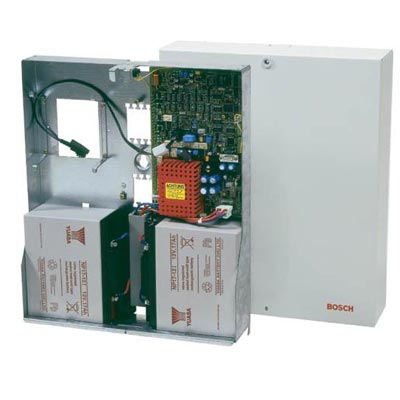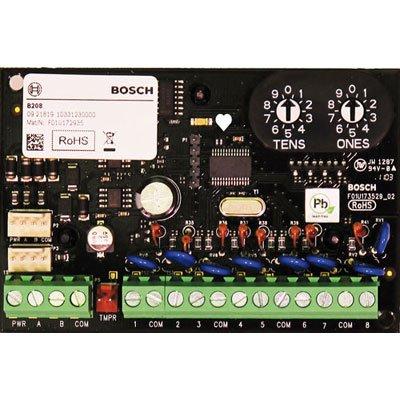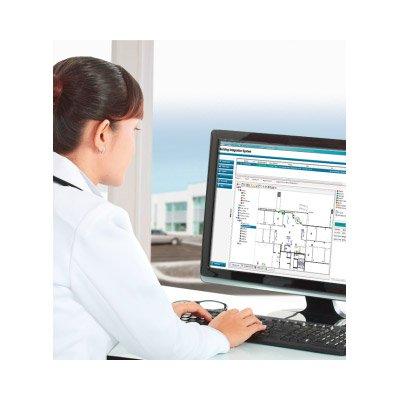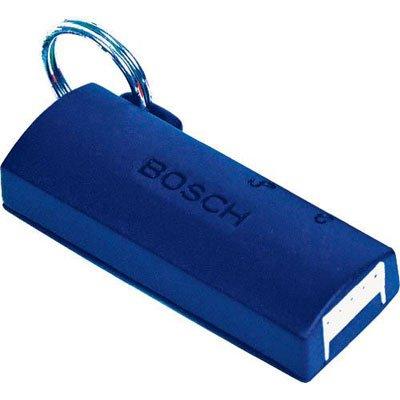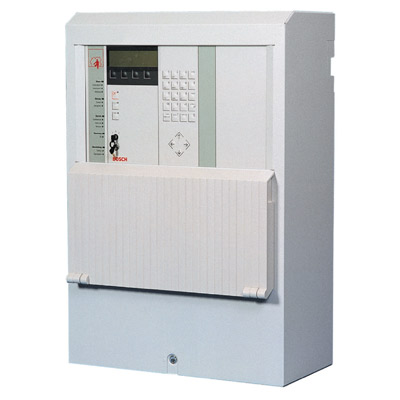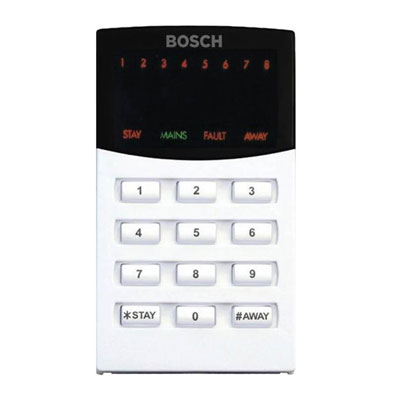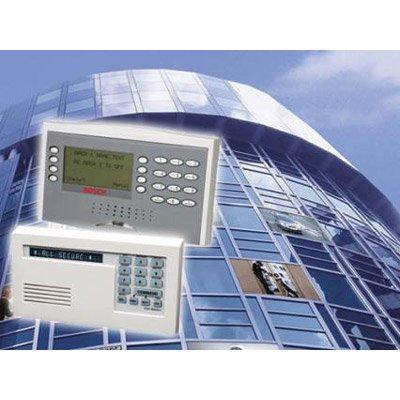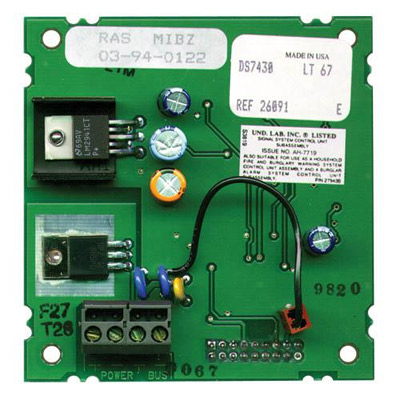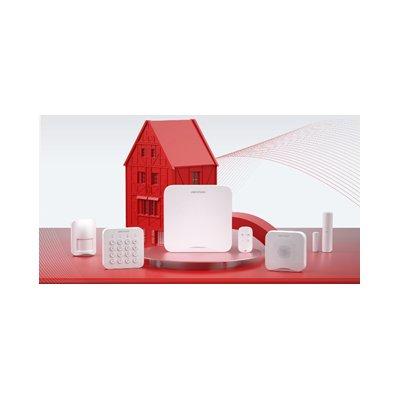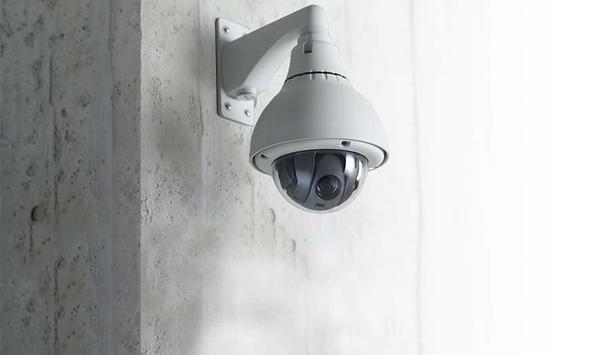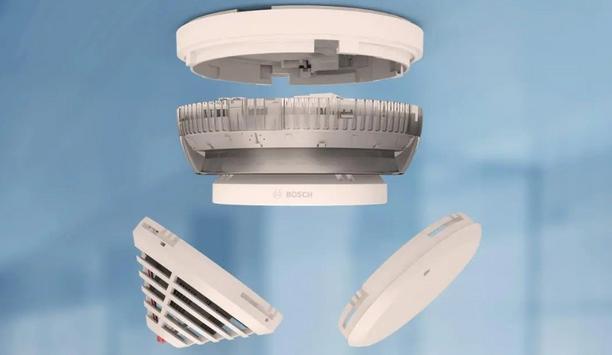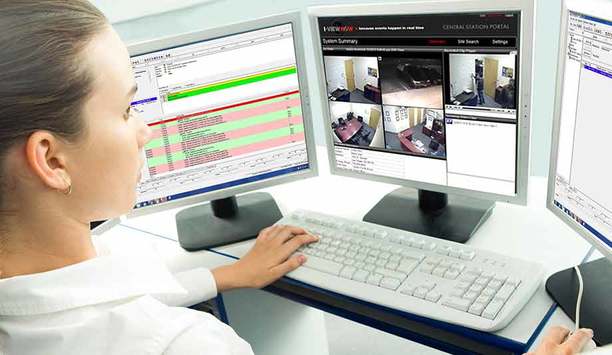BOSCH enhance their Local Security Network (LSN) technology platform
Product Profile
BOSCH Security Systems has enhanced their innovative new technology platform enabling cutting-edge technology often associated with expensive high-end integrated solutions to be offered to small to medium sized premises.
The Local Security Network (LSN) is a highly flexible, modular system allowing all components such as control panels, detectors and other peripherals to be combined and adapted to specific requirements. Its loop-type or tee-off configuration allows flexible network topology whilst reducing short-circuit or interruption malfunction and usage of wiring. Components within the LSN platform include:
Read more
The Local Security Network (LSN) is a highly flexible, modular system allowing all components such as control panels, detectors and other peripherals to be combined and adapted to specific requirements. Its loop-type or tee-off configuration allows flexible network topology whilst reducing short-circuit or interruption malfunction and usage of wiring. Components within the LSN platform include:
- Intrusion control panel - compact, connecting up to 127 LSN components, up to 8 separate keypads, up to 255 stored events, communicator for alarm transmission and remote control / maintenance
- SmartKey - key tag type transponder to arm and disarm without the need for keys
- Detectors - lastest technology reduces the number of internal components from 40 to 3 - shrinking the unit size to a fifth
Technical Specification
| Make | Bosch |
|---|---|
| Manufacturer | Bosch Security Systems |
| Category | Intruder Alarms>Intruder alarm system control panels & accessories |
| Model code | NZ 300 LSN |
| Control Panels & Accessories | Yes |
| Remote Keypad | LCD |
| Max No of RKPs | 8 keypads |
| Tamper | Yes |
| No Event Logs | 255 event logs |
| No of Zones | 8 |
| Keypad Operated | Yes |
| Mount Type | Surface Mount |
| Internal/ External Mounting | External |
| Physical Specifications | Dimensions mm: 460 x 380 x 97 |
| Environmental Specifications | Operating Temp oC: -5 ~ +45 |
| Additional info | Either one loop or two tee-offs can be connected to the NZ 300 LSN. A loop can connect up to 127 LSN components. Can be operated by up to eight seperate keypads. Up to 255 events can be stored in background memory and can be retrieved at any time for analysis. |
| Download PDF version Download PDF version | |
You might be interested in these products
- See other Bosch products
- Bosch IP Dome cameras
- Bosch Dome cameras
- Bosch CCTV cameras
- Bosch Intruder detectors
- Bosch IP cameras
Related Whitepapers
Security investments retailers should consider for their 2021 budget
Featured white papers
The ultimate guide to mastering key control
DownloadUsing artificial intelligence (AI) to automate physical security systems
DownloadA modern guide to data loss prevention
Download7 proven solutions for law enforcement key control and asset management
DownloadThe truth behind 9 mobile access myths
DownloadQuick poll
Which trend do you think will define physical security in the next 5 years?
